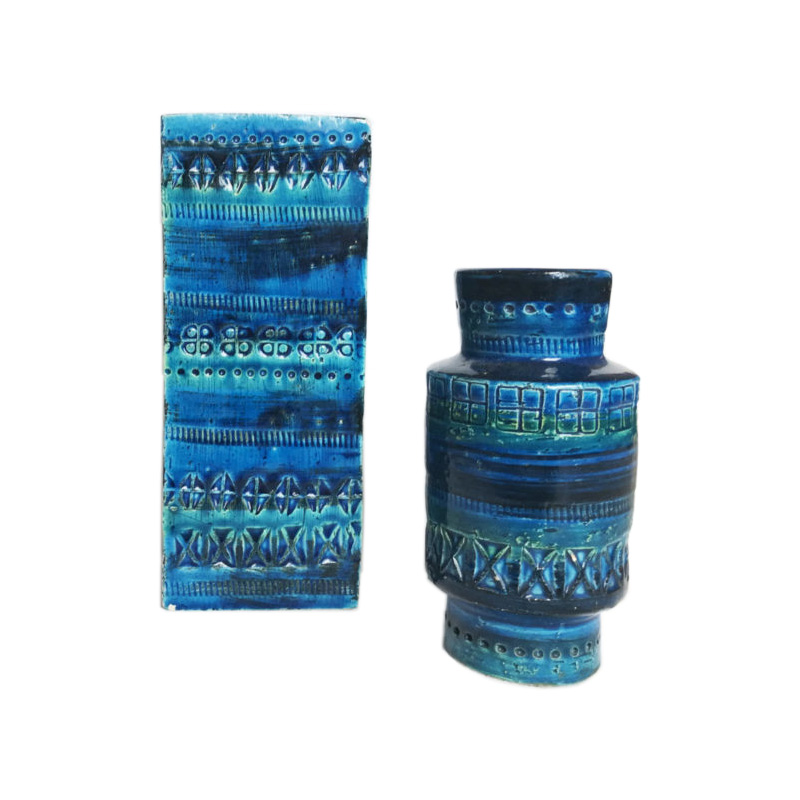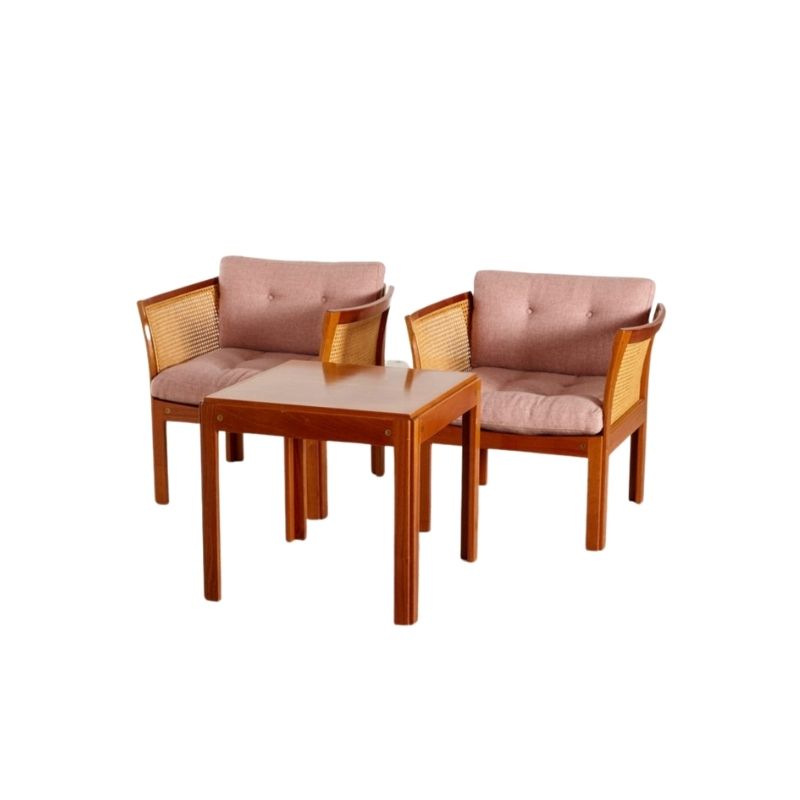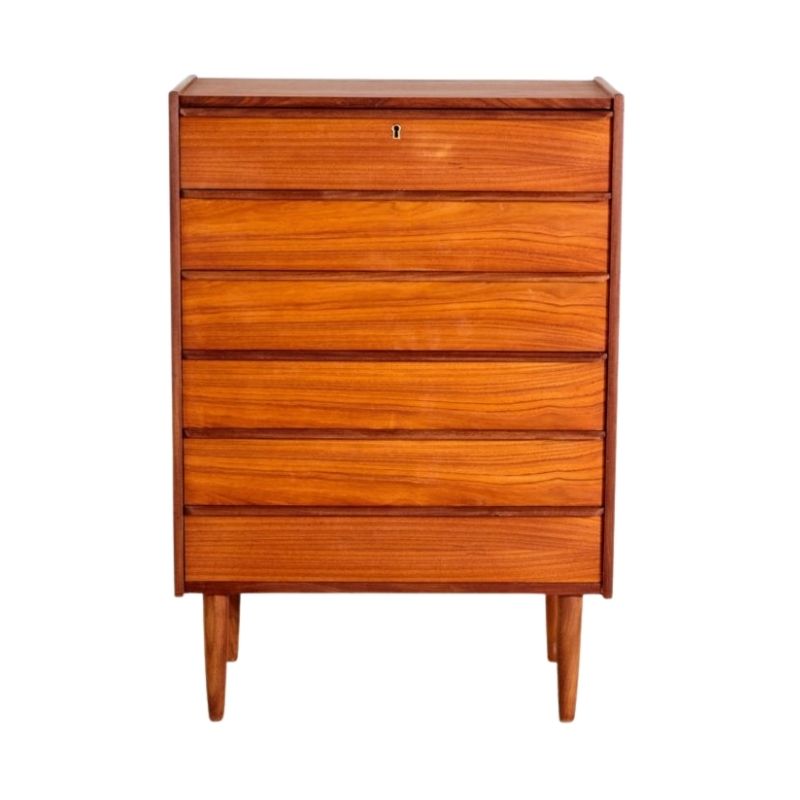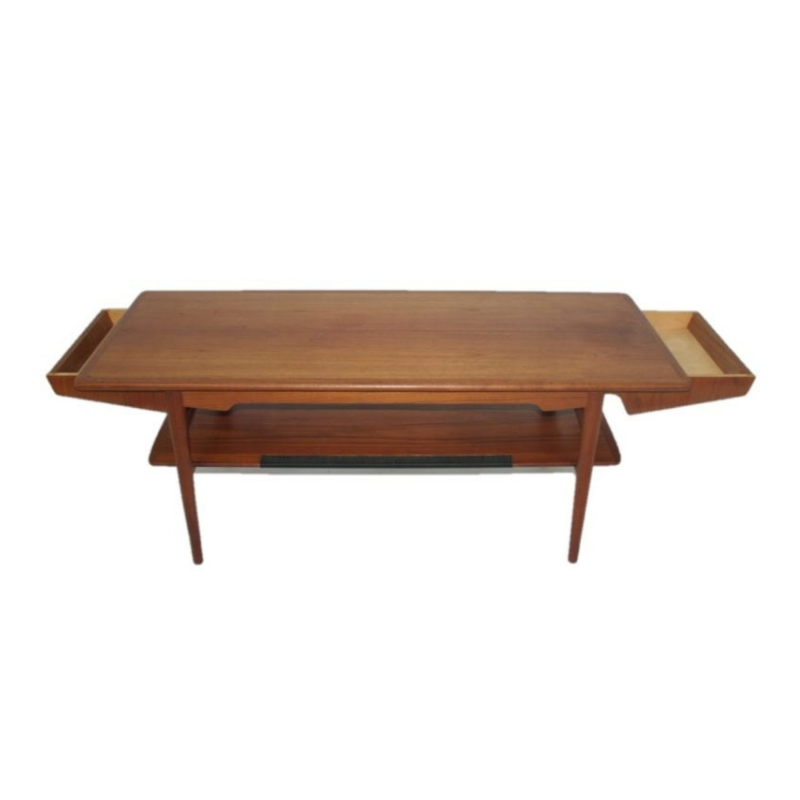Hi everyone.
I'm new to this site so I hope this isn't an inappropriate posting, but...
...I've just salvaged an old Jacobsen Series 7 bent plywood side chair. The date on the mould is 1970 and I think it must be birch veneer, but it's pretty worn and hasn't been loved in its life.
Anyway, the plywood is very dry and scratched. The underneath of the seat has the remnants of a lovely golden patina, but the top part is almost white and looks really thirsty for some sort of oil or something.
Does anyone have any advice on what I can do to restore it a little and bring back some of its original glory? Any ideas would be greatly appreciated.
Best wishes
Richard (Brighton, UK)
You can
certainly sand it. Easier still, a coat of wax would immediately bring back the color, and minimize the scratches. But a more thorough job would be to remove the finish and re-coat. Probably the easiest way would be chemical stripper, which will remove all the finish and none of the wood (and won't damage the glue, though I would mask the edges anyway so no stripper gets on the underside of the plywood). Clean the wood after stripping (if water is the recommended solution, be sure to dry the wood immediately with towels and perhaps even a hairdryer set on low). Then sand with 150 and 180 grit paper (always sand with the direction of the grain), vacuum the dust, and you're ready for a coat of clear finish.
most likely an eager house...
most likely an eager house keeper or sitting in a sunny window for to long.
or just not maintained. any over-scrubbing with a h2o cleaner over time will dry out and destroy
a finish.
i would try a few tricks also used on white marks or 'rings' often found on waxed
furniture.
A lubricant
try first a oily substance, (wax, petrolium jelly, even mayonaise) and let stand overnight.)
...i've heard about the mayo but not tried it...my dogs would eat the chair.
Alcohol
dampen a cloth with denatured alcohol, passing over the bleached area lightly. it will disolve any
remaining finish, and often will refresh the area. often needs a wax (or oily) finish to complete the restore.
abrasive
last resort. gentle first with 0000 steel wool and a lubricant, mineral oil? or a pumice like 'rotten stone',
with a lubricant.
i would avoid sanding on a veneer. and should not be necessary. start with gentle steps as above.
starting with a gentle test will only aid in further methods if need be. or may be solved easily in step one.
It sounds as if the original...
It sounds as if the original clear cellulose finish has worn through to the bare wood leaving it parched looking - my approach would be to strip off the remaining finish (as said earlier a chemical stripper is ideal - but a hand applied one please as chemical dipping will delaminate it. For any deep scratches through to the wood you can either fill them with a coloured wax stick melted onto the scratch or with an off the shelf wood filler. A very good filler for birch is to use some birch sawdust mixed into a paste with white glue and spread over the scratch, the sanded down with 240 grade paper. Lightly sand (240 grade again) all over and wash down with white spirit. Finish with 2 coats clear spray lacquer. Wax or oil finishes are not tough enough for this type of chair.
The steps Rockland suggests...
The steps Rockland suggests are occasionally used to treat superficial damage to waxed furniture. i.e. where there is a layer of wax on top of the wood. Petroleum jelly is supposed to draw up moisture from a waxed finish. As your Series 7 will never have had a waxed finish its of limited value. Spreading mayonnaise on bare wood will make it look like the bottom of a bag of chips. Until that is it any vestiges left in the grain go mouldy or a passing fungal spore takes a fancy to it - then it'll go black. Denautred alcohol (meths to you and me) will do nothing except possibly leave a powdery white residue, especially on top of any remaining hard finish. Pumice and oooo wire wool (with wax) are used to flatten down a shiny surface (usually a french polished or lacqured one)to a satin or matt finish and again should never be used on bare wood.
i stand corrected...
makes...
i stand corrected...
makes sense, though i did first point out the tests mentioned were for waxed surfaces. i still use all the
gentle tricks first and test in a small unseen area.
and obviously i am visualizing a different problem. i guess a photo is worth a mil when looking for help.
i didn't see the problem as raw wood or scratches so deep needing filler.
i just always try a gentle approach and never count on formulas.
i'll try a couple dozen gentle non-toxic tricks, small quarter size, before using sandpaper or any chemical
stripper. and that may be the only solution in the end...but why jump to chemicals?
Thanks folks
... I shall indeed try with a few light experiments on the underside and work up to the big stuff. I forgot to mention - Job No. 1 is getting a big blob of 10 year old chewing gum off the underside of the seat! What was the previous owner thinking? I got the thing for 99p off ebay - it felt like rescuing a puppy from an abusive owner.
Thanks again. I'll post a before and after link when I've done the requisite work.
for chewing gum
I'd take a needle and poke some holes in the glob and douse it with Zippo or Ronson lighter fluid. Let it sit and the fluid should loosen whatever's holding it to the wood, if the juice can seap down into the bottom of the glob (hense, the needle poking).
I'm not so keen on Glo-Gone, since I don't want my furniture to remind me to drink my Orange Juice....
here i go again with my...
here i go again with my uneducated hints, but holding an ice cube to gum for 45 seconds, it may just pop off
with a tap of a small hammer or the handle end of a heavy knife.
and lover of chairs that i am i would never do this..lacquer.or polyurethane.
as above mentioned. huh?
(Finish with 2 coats clear spray lacquer. Wax or oil finishes are not tough enough for this type of chair.) huh?
i would never do this. ever. (for that type of chair)
may be the original finish at the time? but experimental and a failure obviously. kinda like alum siding?.
oil finish and wax are tried and true lovely finishes for wood. i would not discount any chair as not worthy
of a nice finish if you personally think it is something you would like in your home.
If you need any help, please contact us at – info@designaddict.com









